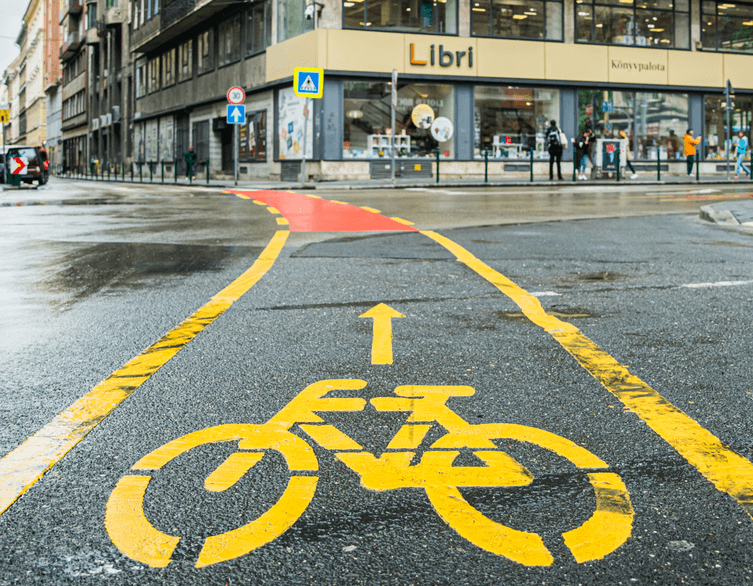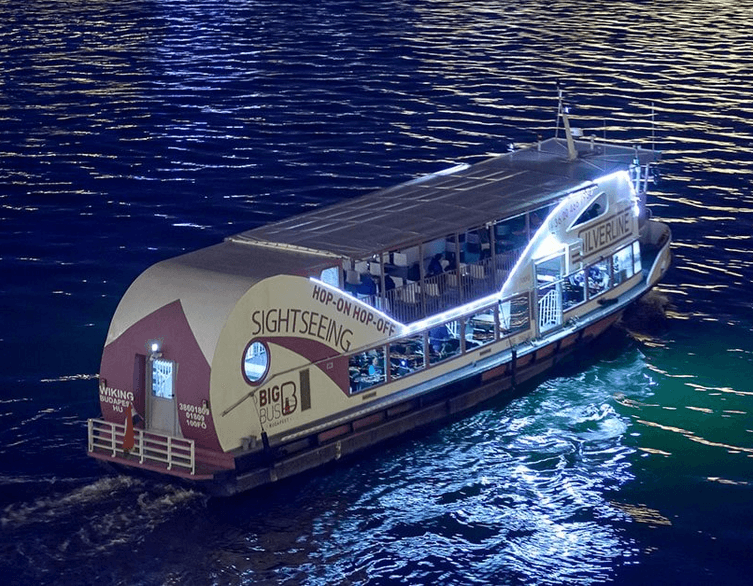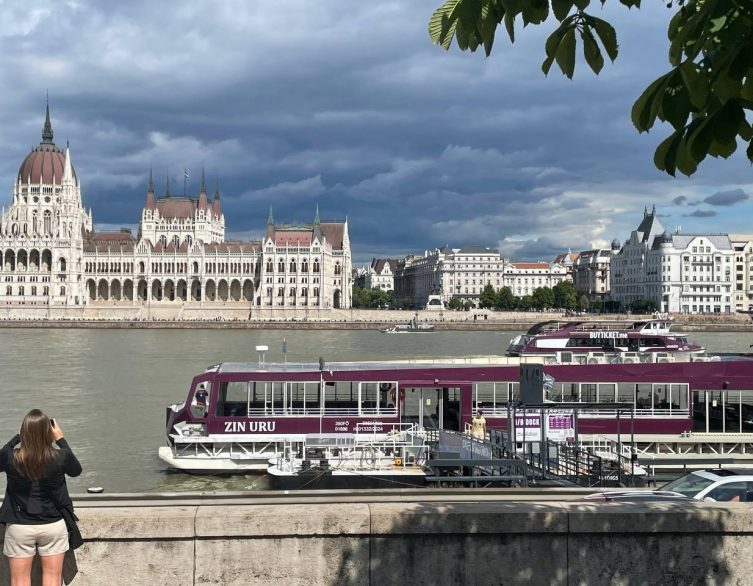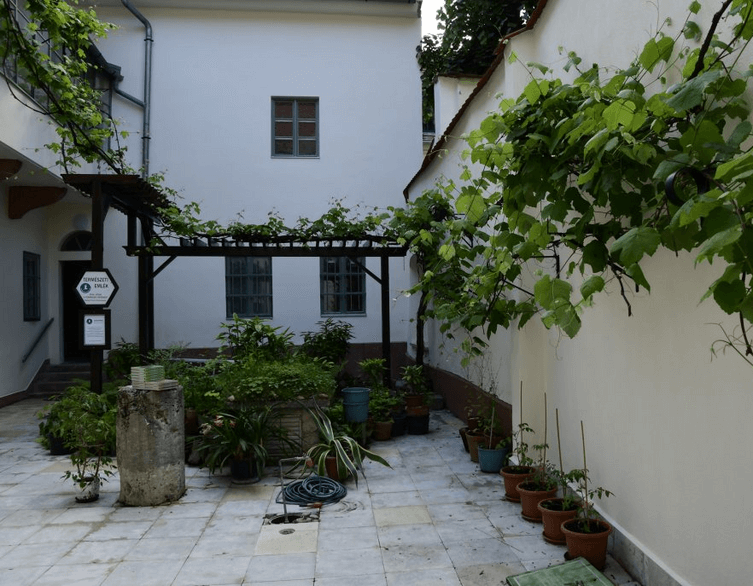Budapest’s Bicycle Revolution: A New Era of Green Transportation Awaits

Picture this: you’re exploring Budapest as a tourist, and instead of being stuck in traffic jams or crammed into busy public transport, you’re gliding effortlessly through the city on dedicated bicycle highways that connect the heart of the capital with its outer districts. This isn’t some distant dream – it’s about to become reality thanks to a groundbreaking 6 billion forint investment that’s set to transform how people move around Hungary’s magnificent capital.
The Game-Changing Agreement That Changes Everything
On September 1, 2025, something pretty spectacular happened in Budapest’s transportation world. The Budapest Transport Center (BKK) and the Managing Authority put their signatures on contracts that will bring three brand-new, premium-quality bicycle highways – or “bringasztrádák” as locals call them – to life. This isn’t just about painting some bike lanes on existing roads; we’re talking about a complete reimagining of how cyclists can navigate one of Europe’s most beautiful capitals.
The investment breaks down into two major projects: 1.5 billion forints dedicated to the Váci-Üllői Road bicycle highway, and a whopping 4.5 billion forints earmarked for the Grand Boulevard (Nagykörút) bicycle highway. These aren’t just numbers on a budget sheet – they represent a fundamental shift toward making Budapest one of Europe’s most bike-friendly destinations.
What Makes These Bicycle Highways So Special
When we say “bicycle highway,” we’re not talking about your average bike lane squeezed between parked cars and traffic. These bringasztrádák are designed to be physically separated from vehicle traffic, at least two meters wide, and equipped with dedicated traffic signals that give cyclists priority at major intersections. Think of them as the bicycle equivalent of a modern highway system – smooth, safe, and designed for efficient movement across the city.
The Váci Road and Üllői Road routes are particularly exciting because they’re radial arteries that will connect Budapest’s bustling city center with its outer districts. For tourists, this means you’ll be able to cycle safely from the heart of the city – where you’ll find iconic attractions like the Parliament Building and St. Stephen’s Basilica – all the way out to neighborhoods that offer authentic local experiences without the tourist crowds.
The Grand Boulevard Transformation
The crown jewel of this bicycle infrastructure revolution is undoubtedly the Grand Boulevard project. The section running from Nyugati Railway Station to Boráros Square is getting a complete makeover that goes far beyond just adding bike lanes. We’re talking about a comprehensive urban renewal that will create barrier-free pedestrian areas, organized loading zones for businesses, and expanded green spaces that will make the entire corridor more pleasant for everyone.
What’s particularly clever about this design is that it won’t interfere with the tram infrastructure that’s already such an integral part of Budapest’s public transport system. The bicycle highways will be integrated seamlessly alongside the existing streetcar lines, creating a multi-modal transportation corridor that gives people genuine choices about how they want to get around.
The project also includes renovating tree lines and pedestrian surfaces, which means tourists will be cycling through an environment that’s not just functional but genuinely beautiful. Imagine pedaling past renewed green spaces and well-designed pedestrian areas while taking in the Grand Boulevard’s stunning architecture – it’s going to be quite the experience.
More Than Just Transportation Infrastructure
Here’s where this project gets really interesting for visitors to Budapest: it’s not just about getting from point A to point B. The bicycle highway development is part of a broader urban vision that includes creating micromobility hubs and dedicated loading areas that will reduce traffic congestion and improve air quality throughout the city.
Best deals of Budapest
For tourists, this translates into a cleaner, quieter, and more pleasant Budapest to explore. Less traffic means less noise pollution and better air quality, while the expanded green spaces will create more inviting areas to rest during your cycling adventures. The project specifically aims to make cycling safe and attractive for people who might not consider themselves experienced cyclists – perfect for tourists who want to explore the city on two wheels but are concerned about safety.
Building on Previous Success
This ambitious project doesn’t exist in isolation. Budapest has been steadily building its cycling infrastructure over recent years, and these new bicycle highways will connect with existing routes that have already proven popular with both locals and visitors. The Váci Road and Üllői Road already have protected bike lanes marked with flexible bollards that were installed in 2023 as temporary solutions. The new project will upgrade these temporary installations into permanent, high-quality infrastructure that meets international standards.
The Grand Boulevard’s cycling infrastructure got its start during the COVID pandemic when temporary bike lanes were installed to accommodate increased cycling demand. The success of these temporary measures demonstrated the appetite for proper cycling infrastructure and helped inform the design of the permanent solutions now being implemented.
European Funding and Timeline
This transformation is being funded through the European Union’s TOP Plus program, which emphasizes sustainable urban development and green transportation solutions. The fact that this project secured EU funding speaks to its alignment with broader European goals of reducing carbon emissions and creating more livable cities.
The timeline for completion is ambitious but realistic. If procurement processes go smoothly and EU funding is secured as planned, construction plans could be finalized in the second half of 2026, with project completion expected by the second half of 2028. The Grand Boulevard renovation will happen in phases between 2028-2029 as part of a comprehensive renewal of that corridor.
What This Means for Your Budapest Experience
As a tourist planning to visit Budapest in the coming years, this bicycle highway network represents a game-changing opportunity to experience the city in a completely new way. Instead of being limited to walking tours or public transport routes, you’ll be able to safely cycle from the historic city center to authentic neighborhood markets, thermal baths in the outer districts, or scenic areas along the Danube that are often missed by conventional tourism.
The physical separation from traffic means you won’t need to be an experienced urban cyclist to feel safe exploring Budapest by bike. The dedicated traffic signals and priority intersections will make cycling flow smoothly without the stop-and-start frustration that often discourages casual cyclists from choosing bikes over other transport options.
Perhaps most importantly, this infrastructure development reflects Budapest’s commitment to becoming a more sustainable, livable city that prioritizes human-scale transportation over car-centric planning. For tourists, this means visiting a destination that’s actively working to reduce its environmental impact while creating more pleasant spaces for people to explore and enjoy.
The 6 billion forint investment in Budapest’s bicycle highway network isn’t just about transportation infrastructure – it’s about creating a more accessible, enjoyable, and sustainable way for everyone to experience one of Europe’s most beautiful capitals. Whether you’re a cycling enthusiast or someone who just wants a fun, eco-friendly way to explore the city, Budapest’s bicycle revolution is set to transform your visit into something truly special.
Related news























